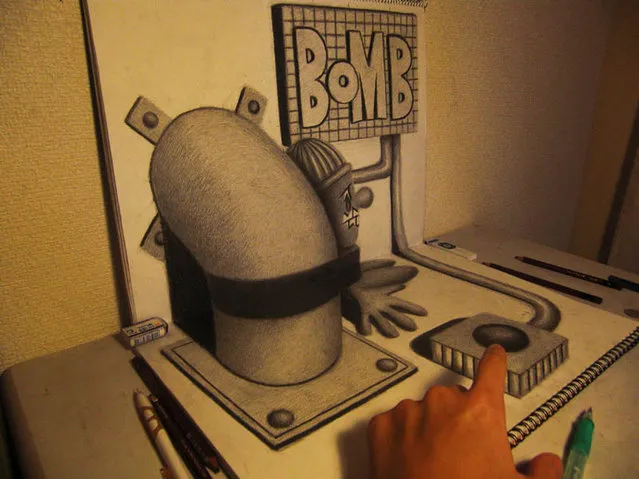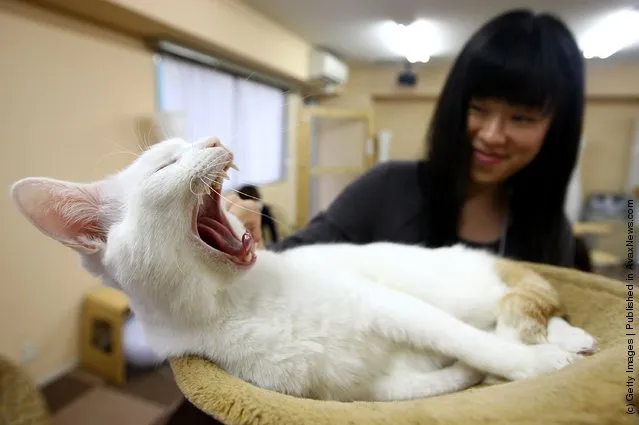
Policemen take pictures of the Soyuz TMA-17M spacecraft while it is transported from an assembling hangar to its launch pad at the Baikonur cosmodrome, Kazakhstan, July 20, 2015. The Soyuz is scheduled to blast off with Kjell Lindgren of the U.S., Kimiya Yui of Japan and Oleg Kononenko of Russia to the International Space Station on July 23, 2015. (Photo by Shamil Zhumatov/Reuters)
21 Jul 2015 11:05:00,post received
0 comments







